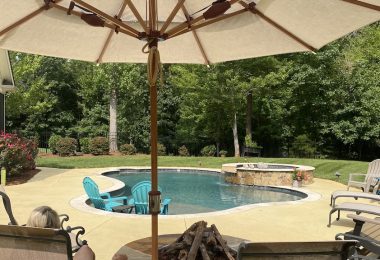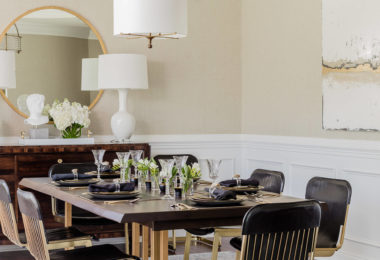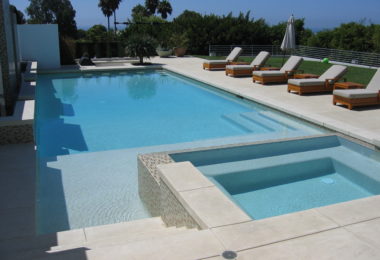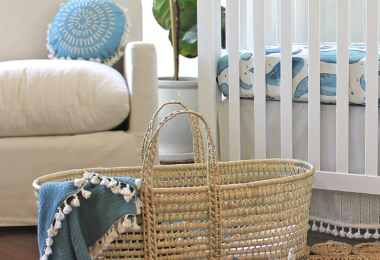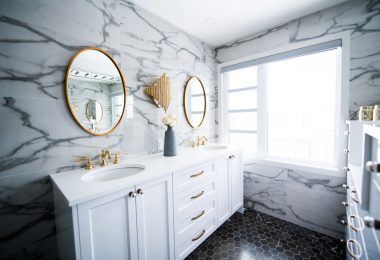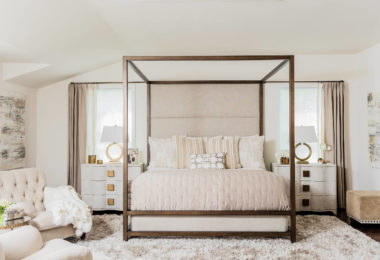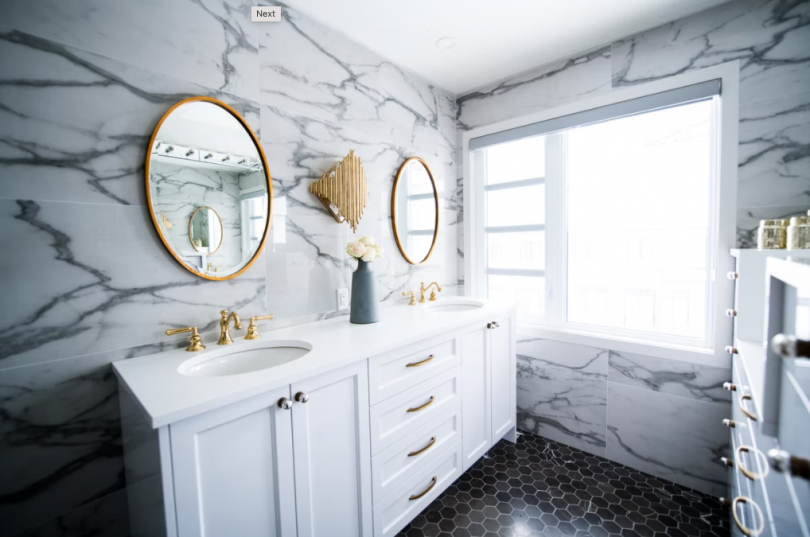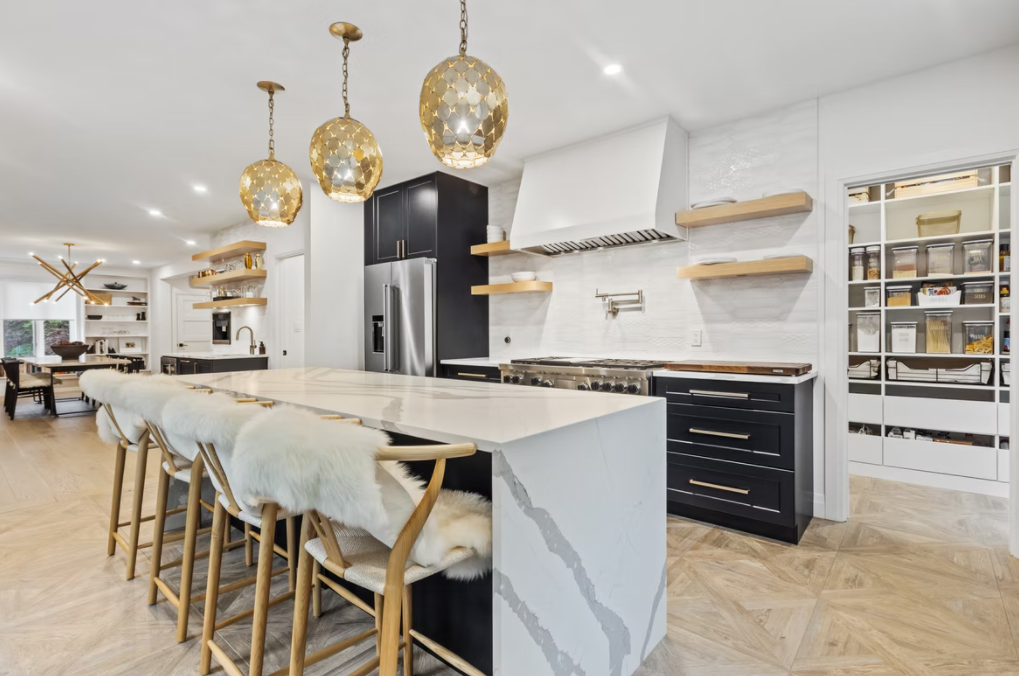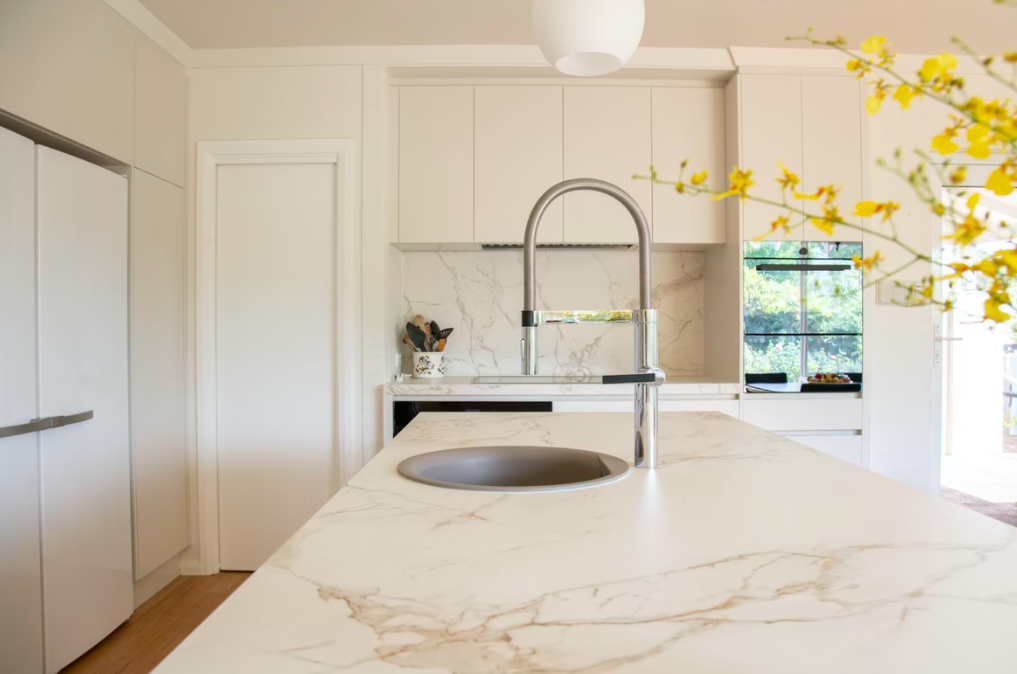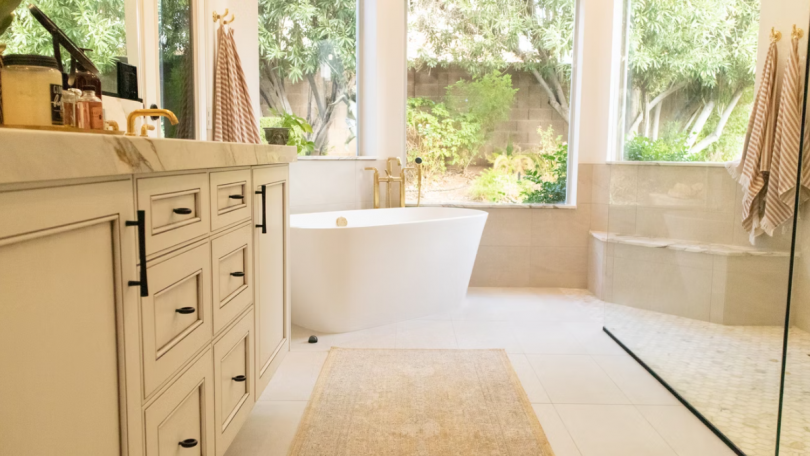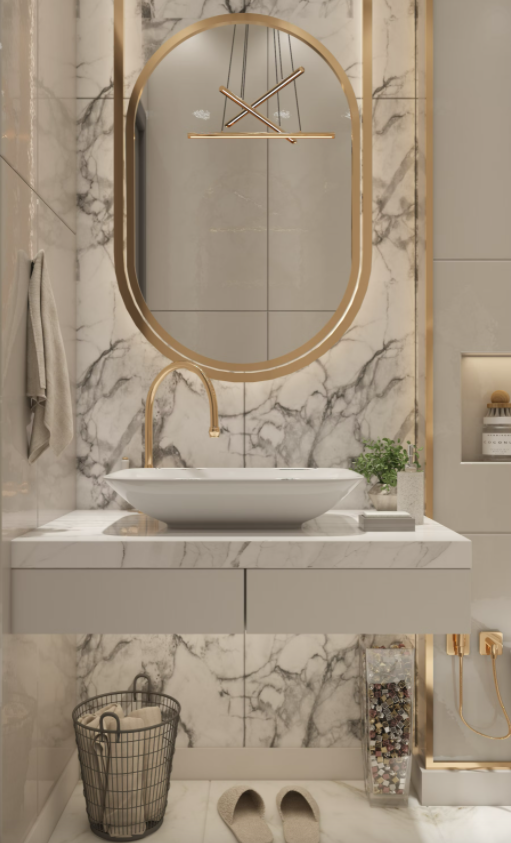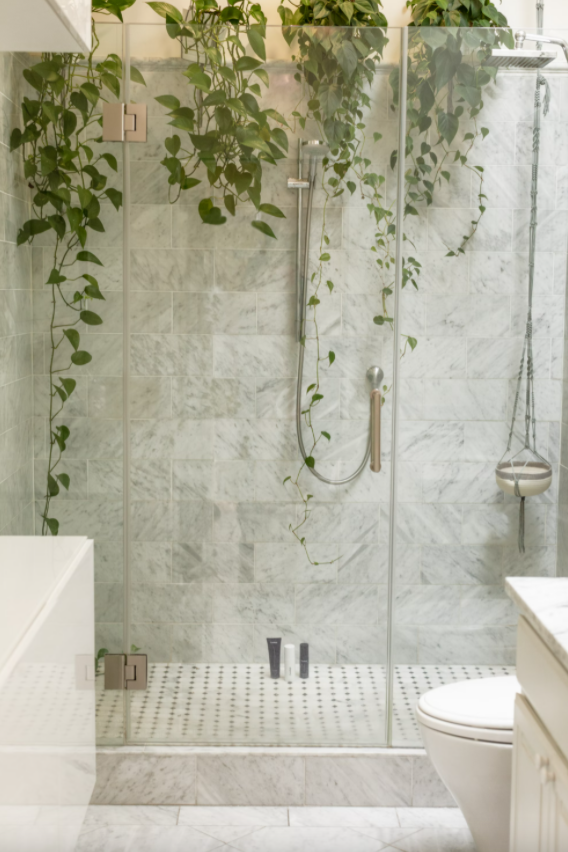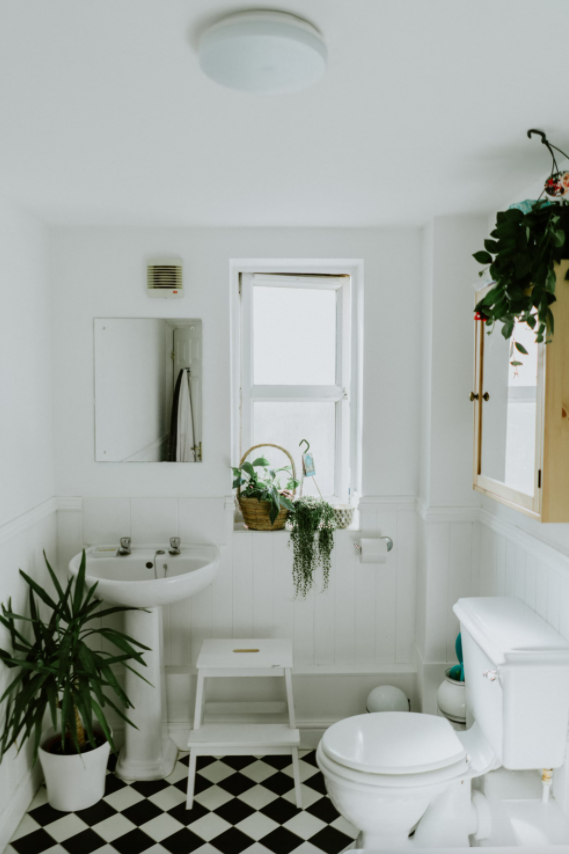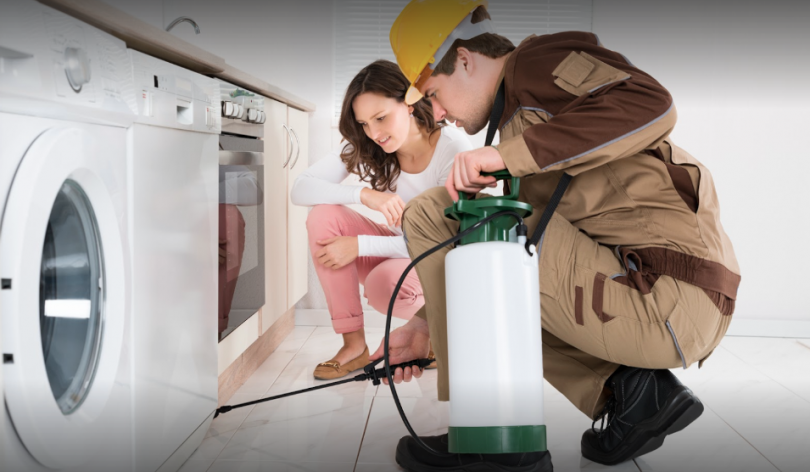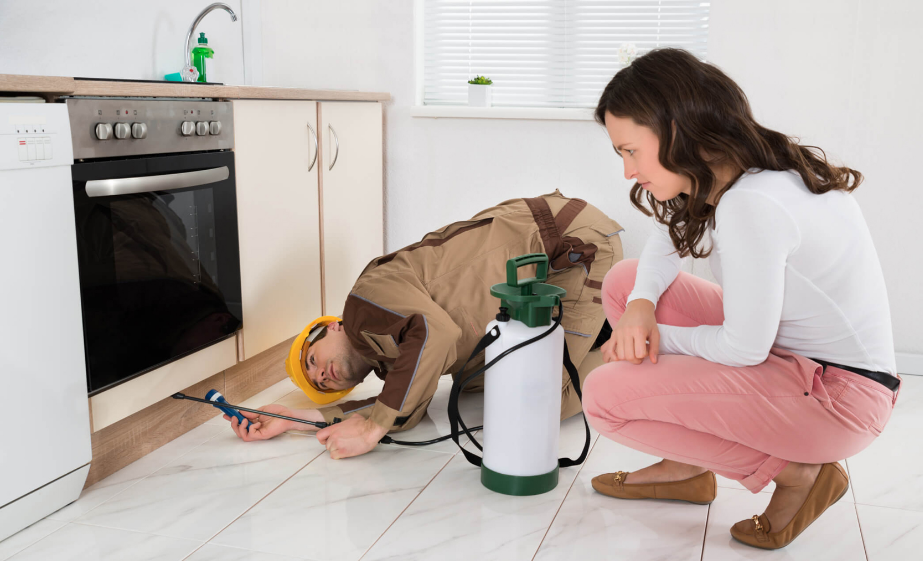Carrara marble, sometimes called “white marble”, is a type of high-quality limestone that has been used since the time of the ancient Greeks for sculpture and architecture. Today, it is still used for a variety of applications, including flooring, countertops, and tile. If you’re looking for a beautiful marble tile, white Carrara marble tile is a perfect choice. But did you know that Carrara is also one of the oldest types of marble in the world? Or that it’s named after the city in Italy where it’s quarried? Here are 5 interesting facts about Carrara marble tile:
1. Carrara tile is a type of white marble that has been used for centuries
Carrara tile is a type of white marble that has been used for centuries. It is quarried in the city of Carrara, Italy, and takes its name from the town. In ancient times, it was mined by the Romans who used it for sculpture and architecture. Today, it is widely used for flooring, walls, and countertops.
The most sought-after variety of Carrara marble is the white Carrara marble tile which is characterized by its pure white color with a few gray veins. The tiles can be polished to a high sheen or left with a natural matte finish. They are available in different sizes and thicknesses and can be used indoors or outdoors in areas that are not exposed to direct sunlight or moisture.
2. Carrara tile is often used for flooring, walls, and countertops
It has been used for centuries and is still a popular choice today because it’s versatile and can be used for a variety of applications both indoors and outdoors. It comes in different colors but typically is white or off-white with subtle gray veins running through it.
People often choose Carrara tile because it’s beautiful and timeless, and it’s also durable and easy to clean. It can be used in kitchens, bathrooms, living rooms, patios, pools decks, etc. It also has a very smooth surface that makes it an attractive option for high traffic areas. The only downside is that it can be expensive compared to other types of tiles.
3. The tiles are available in a variety of shapes and sizes
Carrara marble tiles are a beautiful option for flooring or wall tiling. They come in a variety of shapes and sizes, including hexagons, octagons, squares, and rectangles, so you can find the perfect option for your space. Some of the more popular sizes include 12″x12″, 18″x18″, 24″x24″, and 36″x36″.
The tiles can be used for a variety of applications, such as flooring, wall cladding, countertops, and backsplashes. They are also popular for use in wet areas such as showers and baths. The natural beauty of the Carrara marble tile is sure to add elegance and sophistication to any home or commercial space.
4. The tile can be polished to a high sheen or left with a natural finish
Carrara marble tiles can be polished to a high sheen or left with a natural finish. The tiles can also be honed, which is a process that involves polishing the surface of the tile until it has a low sheen.
The decision about whether to polish or leave the Carrara marble tiles with a natural finish depends on the look that you’re going for and your own personal preferences. Polished Carrara marble tiles have a glossy finish that makes them shine, while honed Carrara marble tiles have a more subdued look.
5. Carrara marble is known for its beautiful veining and unique patterns
Carrara marble is known for its beautiful veining and unique patterns. In fact, white Carrara marble tile is a popular choice for both residential and commercial flooring and countertops.
The natural beauty of Carrara marble makes it a popular choice for high-end projects, and the tile can be polished to a high sheen that really shows off the intricate veining. Plus, because Carrara marble is a natural stone, each tile will have its own unique pattern and coloration. So if you’re looking for something truly special, Carrara marble is definitely worth considering.

